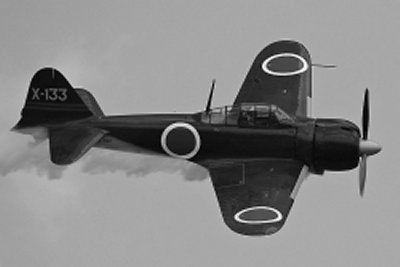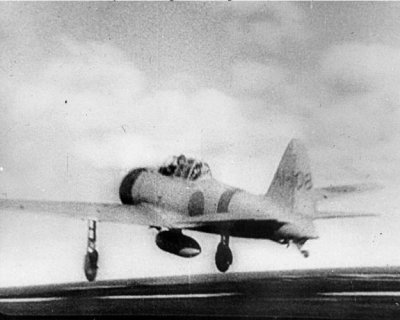 |
In the Pacific the American's had the sturdy P-38 Lighting which was used most extensively and successfully in the Pacific theatre, where it proved ideally suited, combining excellent performance with very long range. But the experienced Japanese used their "exceptionally long ranged" Mitsubishi Zero to clear the skies of all opposition. Allied air forces – often flying obsolete aircraft – were caught off-guard and driven back until the Japanese became overextended. While the Japanese entered the war with a cadre of superbly trained airmen, they were never able to adequately replace their losses with pilots of the same quality, resulting in no rest for experienced pilots and sending pilots with minimal training into battle, while the British Commonwealth Air Training Plan trained competent airmen, compared to one hundred Japanese that graduated a year before the war. Japanese fighter planes were also optimised for manoeuvrability and long range, and in time Allied airmen developed tactics that made better use of the superior armament and protection in their Wildcats and P 40's From mid-1942, newer Allied fighter models were faster and better-armed than the Japanese fighters. Improved tactics helped counter the more agile Zeros and KI '43' 'Oscars'. Japanese industry was not up to the task of mass-producing fighter designs equal to the latest Western models, and Japanese fighters had been largely driven from the skies by mid-1944 |
